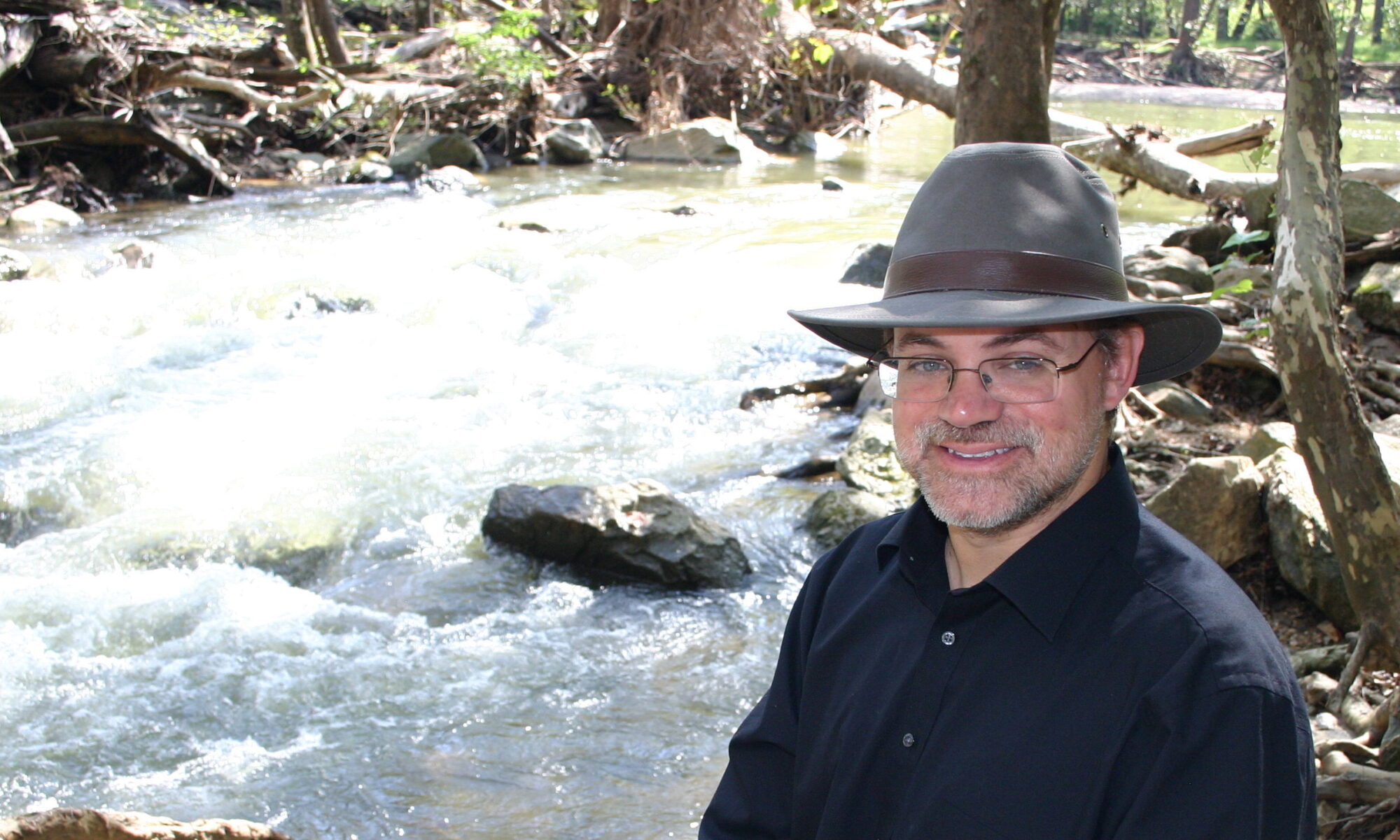The text: Psalm 34 – NRSV
This psalm will forever hold a special place in my spirit, as about two years ago it became a very personal prayer for me. It was about that time that I narrowly avoided a personal crisis. When it was clear that the danger had passed, in a wave of thanksgiving I went to the piano and played the opening bars of what would become “Come, O Children,” one of my little anthems. At that moment, the music was there, but I had no text. I knew that what I wanted was a psalm of thanksgiving, particularly a psalm of personal thanksgiving, and after consulting a few references and flipping through the psalter, found myself reading Psalm 34. It was amazing to find the words I wanted to express right there on the printed page!
It’s a fascinating psalm, and rather complex the more one studies it. It is an acrostic psalm, in that each verse begins with a successive letter in the Hebrew alphabet. It is a psalm of thanksgiving, but also one of teaching. The psalmist speaks, but not to God. Who is the audience? At first glance, one might suppose the audience is the psalmist’s disciples. But if we are reading it, then does the audience shift so that it is also us, simultaneously? Then who is truly speaking? Who do you hear saying, “Come, O Children, listen to me…”? This is a lovely example of Hebrew poetry that speaks through multiple layers, together and at once. Listen for them, and perhaps you’ll find a prayer of thanksgiving to call your own.
